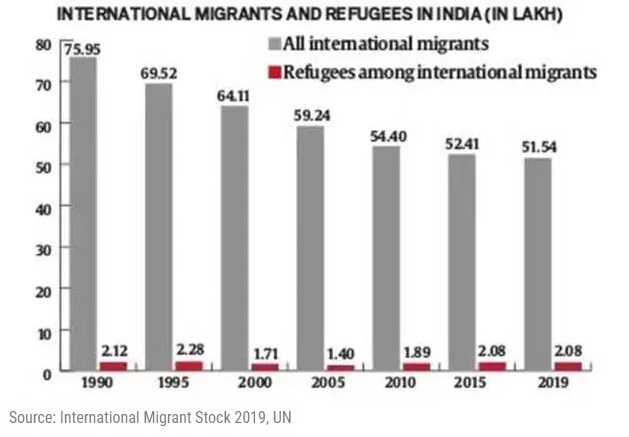7667766266
enquiry@shankarias.in
International Migrant Stock 2019

Pakistan Occupied Kashmir (PoK) and Gilgit Baltistan (GB)
National Educational Alliance for Technology (NEAT)
Source: PIB, The Indian Express